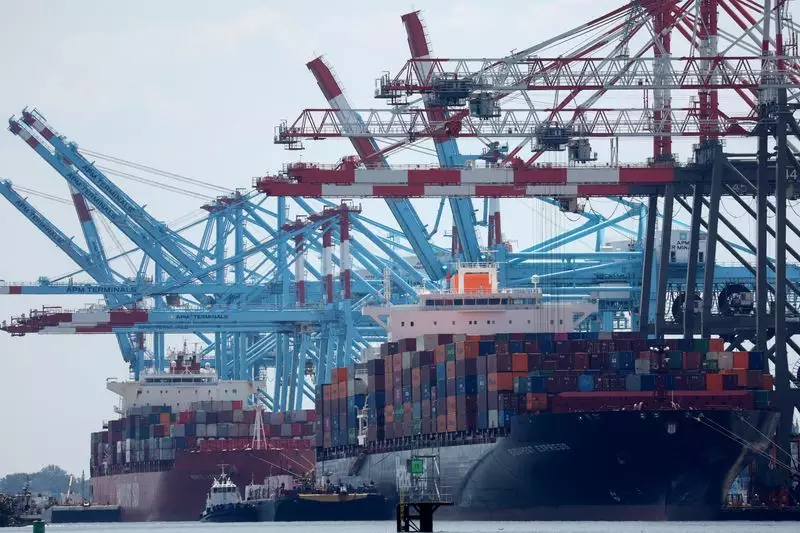The latest report from the U.S. Bureau of Labor Statistics indicates that import prices in the United States experienced minimal growth in November, rising by just 0.1%. This figure represents a slight increase from the previous month’s revised number, which also recorded a 0.1% rise in October. While the slow growth in import prices may sound unremarkable, it reflects underlying dynamics within the economy fueled by a robust dollar and fluctuating international market conditions. Economists anticipated a modest decline of 0.2%, which underscores a market tempered by various economic factors, including foreign trade and currency value.
The slight uptick in import prices was primarily driven by rising costs in food and energy. However, these increases were somewhat counterbalanced by reductions in other commodity sectors. A strong dollar generally helps to keep import prices in check, allowing the United States to procure goods internationally at more favorable rates. The nuanced interplay between rising energy and food costs against the backdrop of a stable dollar suggests that while inflation is a concern, external price pressures may prevent significant upward movements.
Over the past year, import prices have reported a more than modest increase of 1.3%, compared to a 0.6% rise noted in October. This yearly growth presents a complicated picture for consumers and policymakers alike, illustrating a moderate inflation landscape that warrants close monitoring. Despite these year-over-year gains, the consistent monthly improvements have stalled, indicating a potential plateau in inflation rates. With consumer prices showing their most substantial increase in seven months, it is essential to scrutinize the implications for those involved in monetary policy.
Recent economic indicators have prompted speculation about the Federal Reserve’s next moves regarding interest rates. While a likely cut of 25 basis points has been priced into the market, the long-term outlook remains uncertain. The Fed has had to navigate a challenging landscape characterized by inflationary pressures and external economic threats stemming from potential changes in trade policies under the incoming administration. President-elect Donald Trump’s proposals to implement increased tariffs could add new challenges. These anticipated policy changes could cause the Fed to reassess its stance on interest rates, especially as the benchmark rate currently stands between 4.50% and 4.75%.
The current import price trends indicate a landscape of cautious stability within the U.S. economy. While slight increases in food and fuel costs are evident, a strong dollar may help mitigate further inflation. As the Federal Reserve prepares to make critical decisions on interest rates, the interplay between domestic inflation, consumer pressures, and international dynamics will play a crucial role in shaping future economic policy. The culmination of these factors will be pivotal in determining whether inflationary pressures will recede or intensify in the coming months.

